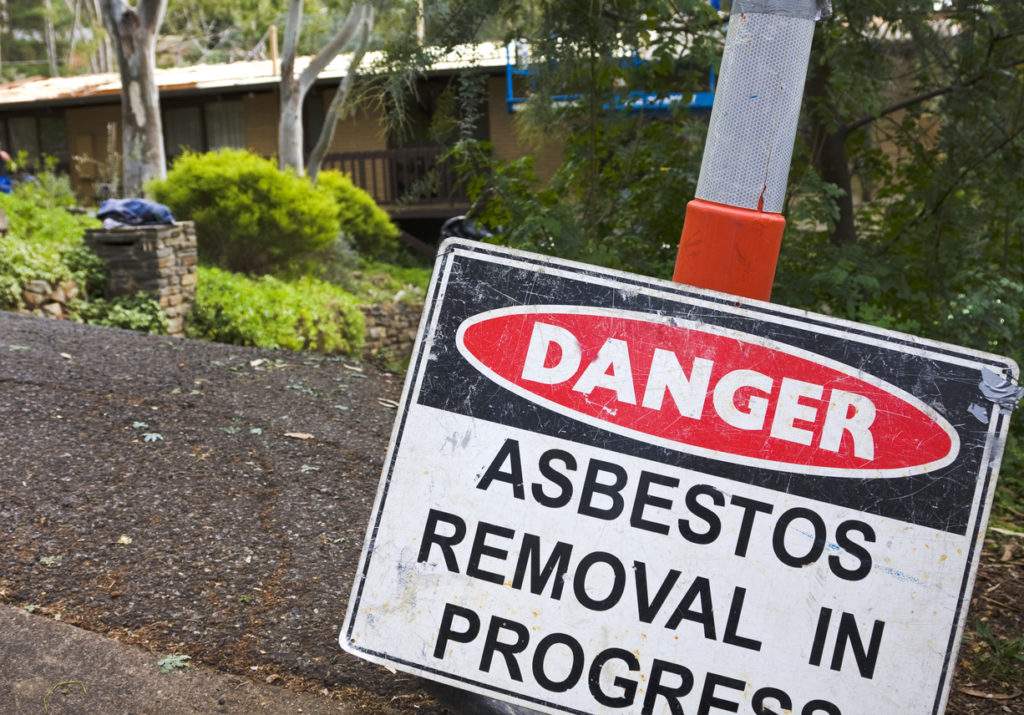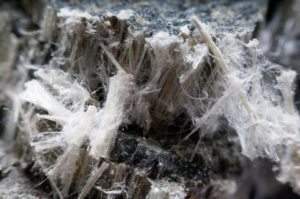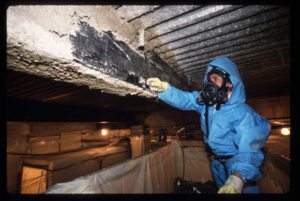What to Expect During Asbestos Abatement

Asbestos is a durable, fire-retardant fiber that was used extensively in a wide variety of construction materials up until the early 1980s. Extensive research found it to be a highly hazardous cause of lung cancer and other grave illnesses. These materials are not dangerous if they are in good condition and undisturbed. They only become dangerous if the material is disturbed or damaged so that asbestos fibers are released in the air where they can be inhaled. Improper removal may increase the health risks to you and your family.
Abbotts highly-trained and certified personnel employ a variety of protocols to control fiber release from asbestos including removal, encapsulation, repair, enclosure, and encasement. Improper asbestos removal may result in breathing asbestos fibers into the lungs which can cause a range of diseases including mesothelioma, lung cancer, and asbestosis. Asbestos abatement is costly because of the federal regulations governing the process and protective measures taken to ensure the safety of building inhabitants as well as asbestos abatement workers and the public.
The Asbestos Abatement Process
The asbestos remediation process requires detailed knowledge about hazardous materials safety protocols as well as removal procedures and reconstruction.
Asbestos Testing

Protective Clothing
Protective clothing is typically worn by workers during the asbestos abatement process consisting of disposable coveralls, a head cover and foot covers that are made of a synthetic fabric that reduces exposure to airborne asbestos fibers. The Occupational Safety and Health Administration (OSHA) requires workers to wear protective clothing anytime they could potentially be exposed to fiber levels above permissible levels (as determined by OSHA). The use of approved respirators may also be needed for certain tasks.
Containment
Once workers arrive on site, they will begin the asbestos abatement process by setting up a containment area. This process involves sealing air ducts, disabling HVAC systems, setting up negative pressure equipment, and plasticizing walls, floors, ceilings, and any other necessary areas. This effectively creates a vacuum that keeps the hazardous material from contaminating adjacent areas. Special equipment filters contaminated air in three stages, removing asbestos particles and enabling properly protected workers to remove the asbestos-containing material and clean the area.
Asbestos Abatement

Clearance Testing
When the asbestos is removed and the area thoroughly decontaminated, an independent certified industrial hygienist conducts a clearance test to ensure that the asbestos abatement was successful and asbestos fibers no longer pose a health threat. This ensures that the abatement contractor followed proper procedures during the abatement process and any airborne asbestos is well below permissible levels.
If you have any questions or concerns during your Asbestos Abatement project, our Customer Care representatives are happy to assist.
Helping People & Property Recover… It’s our Mission!

